Second-Order Effects
Think beyond the surface
MENTAL MODELSGENERAL THINKINGNOTES
Md Nazmus Sakib
11/21/20243 min read
During British colonial rule, the government, concerned about the number of venomous cobras in Delhi, offered a bounty for every dead cobra.
Initially, this was a successful strategy; large numbers of snakes were killed for the reward. Eventually, however, people began to breed cobras for the income exacerbating the problem.
This is a classic example of perverse incentive. An incentive that is intended to achieve certain outcome can go completely opposite if second-order effect is not considered.
Second-order thinking considers factors beyond the first-order effect of an action. Howard Marks talks about similar concept in his book ‘The Most Important Thing’.
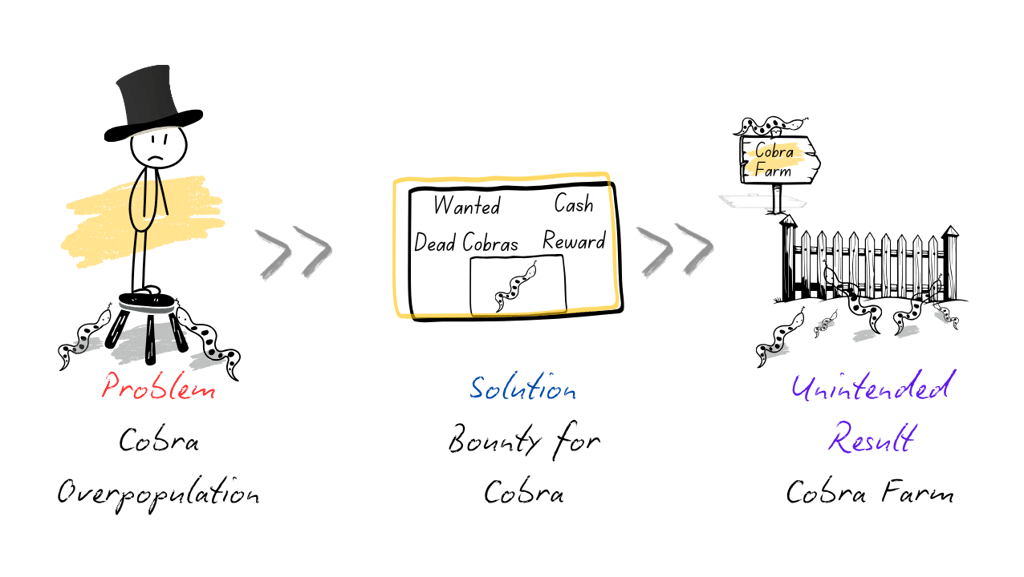

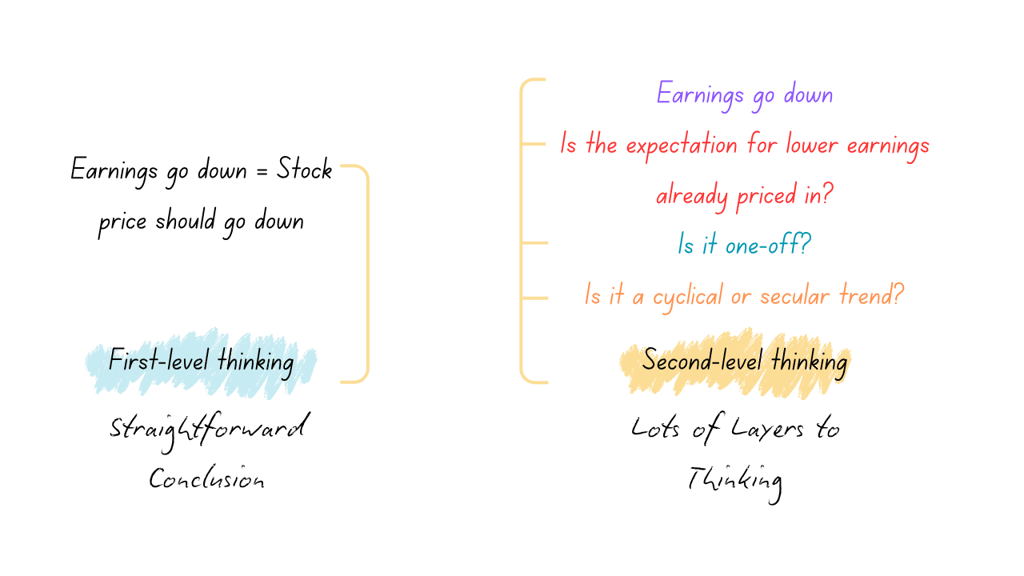

“First-level thinking is simplistic and superficial, and just about everyone can do it. Second-level thinking is deep, complex and convulated. The second-level thinker takes a great many things into account.” - Howard Marks


Daniel Kahneman demonstrated that there are two types of thinking:
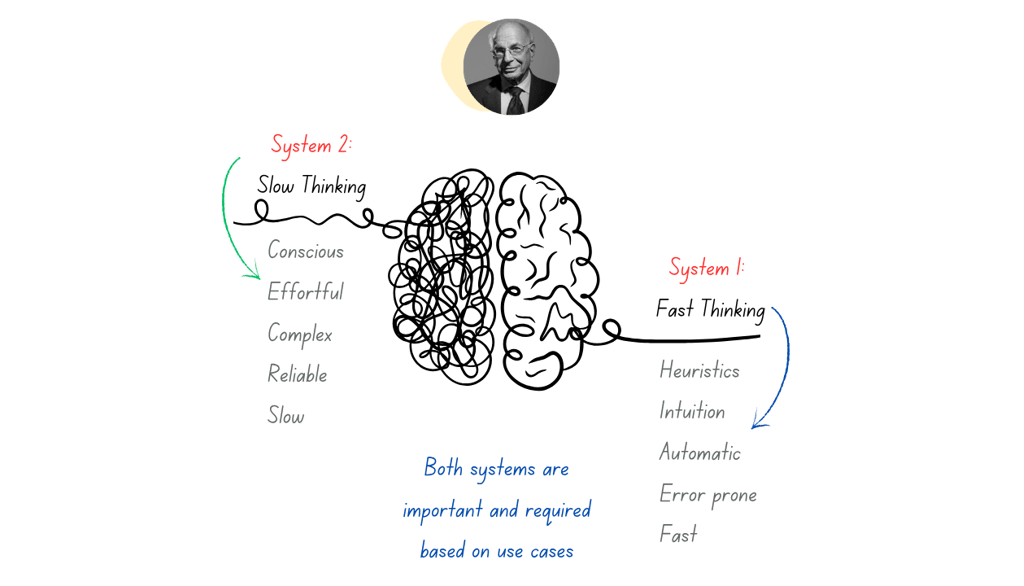



If the building is on fire, you don’t want to think too much. You simply want to get out of it as soon as possible. Your system 1 thinking will help you make decision fast.
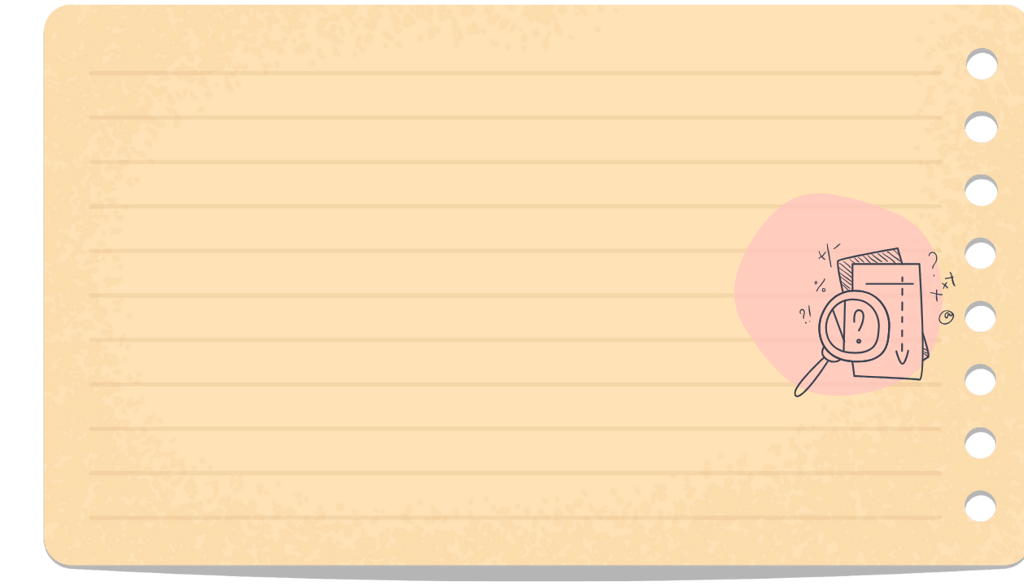

If you are given a math problem you didn’t encounter before, you need to think, ponder, and resort to system 2. You will take time to look through the problem and find solution.


System 1 helped us survive among predators. Every decision had to be made fast. The primal part of the brain stayed with us. We often use heuristics even when it is not optimum.


Modern world is secure but more complex and interconnected. System 2 helps us delve into complex problems. To solve critical issues, you need to activate slow thinking.
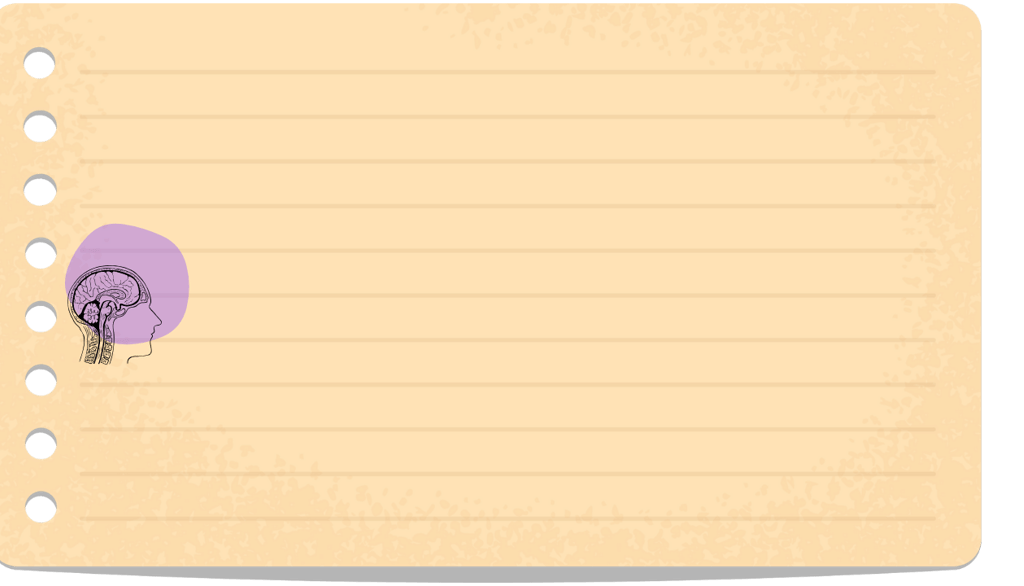

You know that you have this primal part of thinking that looks for shortcuts to reach a conclusion. It thinks fast and it often thinks wrong in doing so, especially when confronting a complex problem.
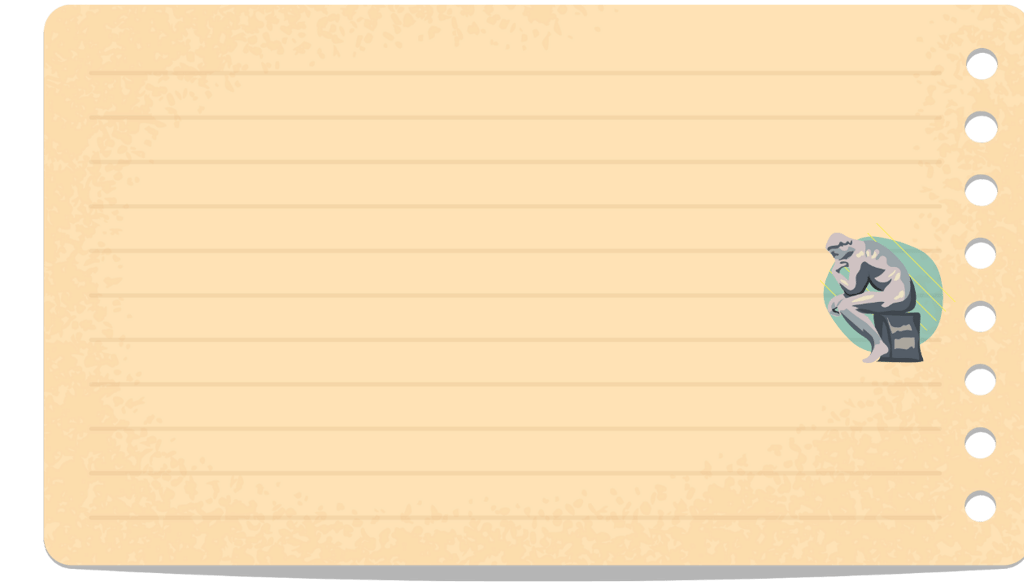

When confronted with a complex problem, take a pause and ponder. Avoid the intuitions; that’s your system 1 talking. Think in layers. Ask questions. Don’t jump to conclusion. Activate your system 2.
Second-order thinking helps us look at problems in multi-order effects. The world is complex and interconnected. There are trade-offs, spillovers, and domino effects. The effects of an action, however minuscule, don’t stop when the act is completed. The effects spread in multiple areas.
Second-order thinking helps you look beyond the surface and make better judgments.


